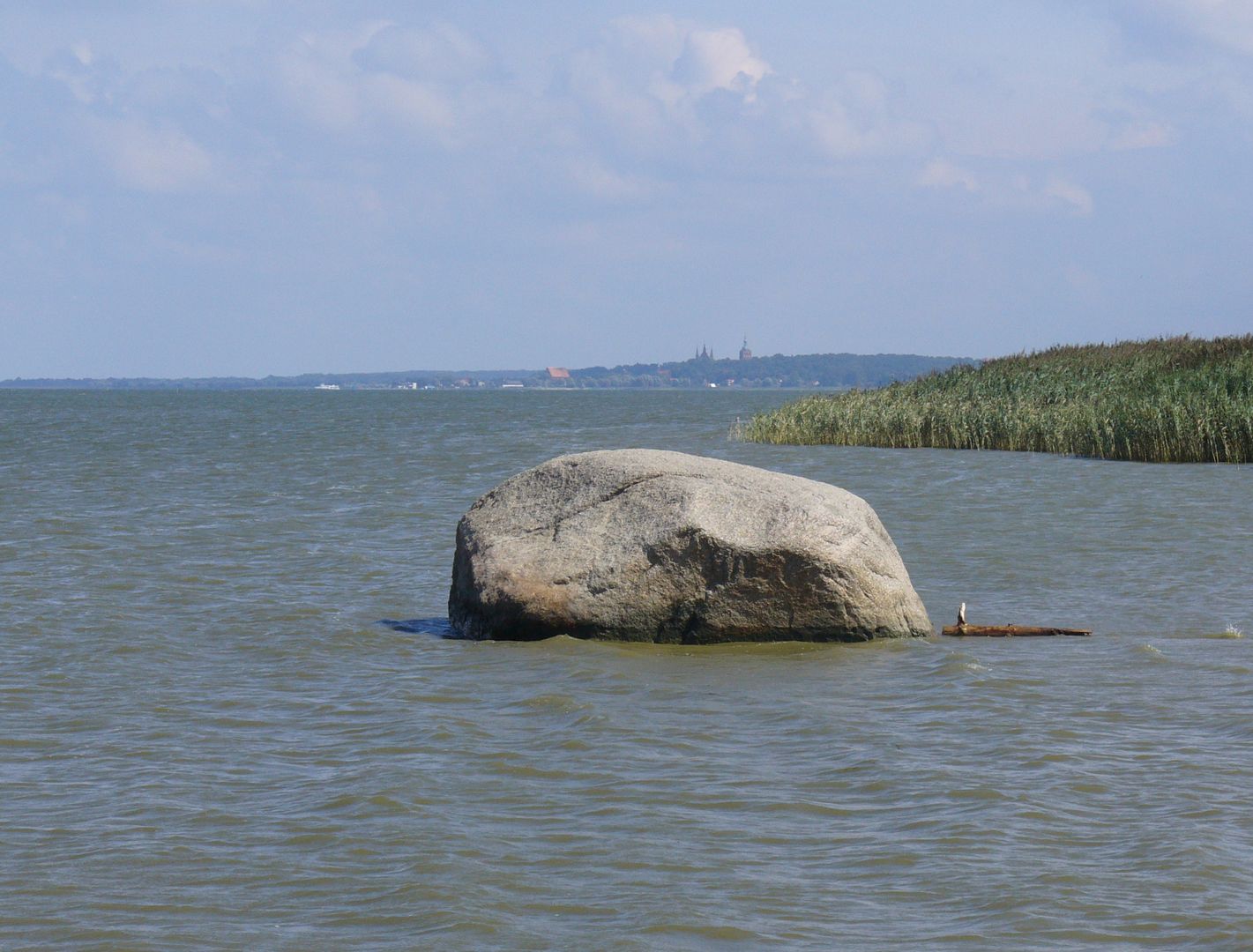Holy Stone
7.04

Overview
The Holy Stone is an erratic boulder located in the waters of the Vistula Lagoon, near Tolkmicko, in the Warmian-Masurian Voivodeship. Recognized as a natural monument, it lies about 4 km from Tolkmicko, close to the historical border of Warmia. The boulder holds cult significance, having once been a site where the Old Prussians made offerings to Curche, the deity of fertility. On its upper surface, a bowl-like depression can be observed, which likely served as a sacrificial vessel. As early as the 16th century, it was mentioned by the chronicler Simon Grunau as the "Heiliger Stein". The Holy Stone is also geologically interesting – it was carried by the Scandinavian ice sheet around 15,000 years ago and consists of gneiss with a distinctive texture, containing light gray and pink feldspars and dark gray quartz. It was granted legal protection in 1977. The stone was regarded as a marker of the border between Pogesania and Warmia. It also formed the western limit of Warmia's access to the Vistula Lagoon, which was crucial for maritime trade until the 14th century, when Braniewo became one of the land ports for Warmian towns. The site's tourist appeal includes easy access to the boulder, which lies about 25 meters from the beach, making it visitor-friendly. There is also a section of the historic Vistula Lagoon Railway line nearby, and in 2015, the Green Velo cycling route was opened in the area.
Location
2025 Wizytor | All Rights Reserved